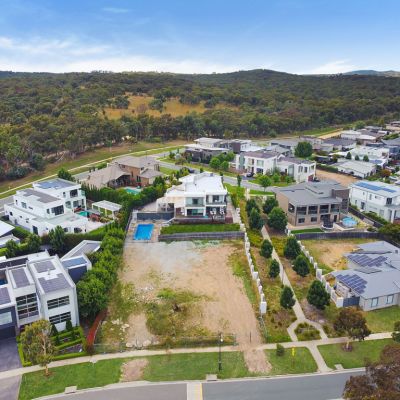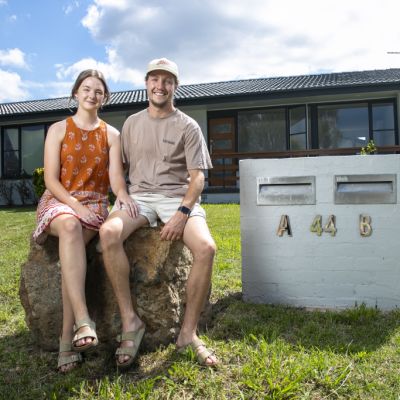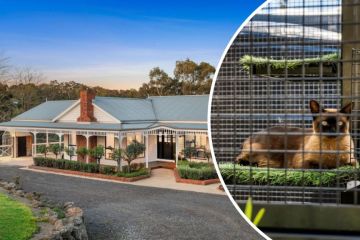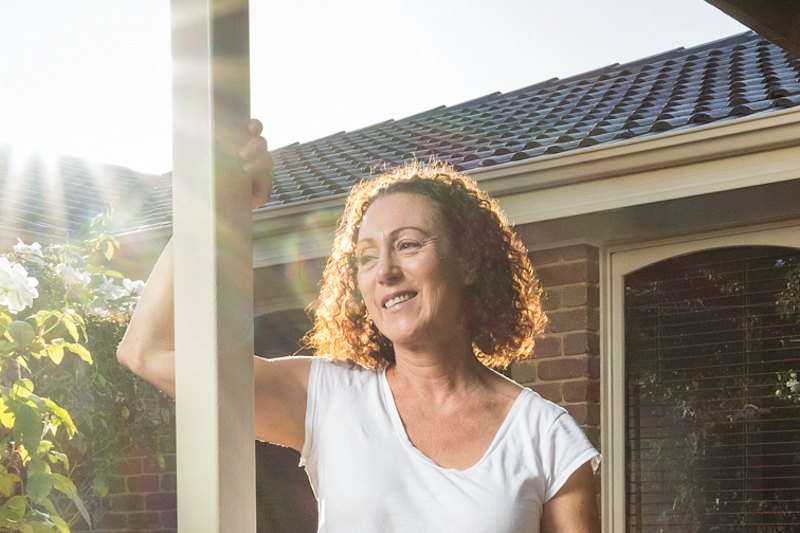How much would you be willing to pay for a block of land in Canberra?
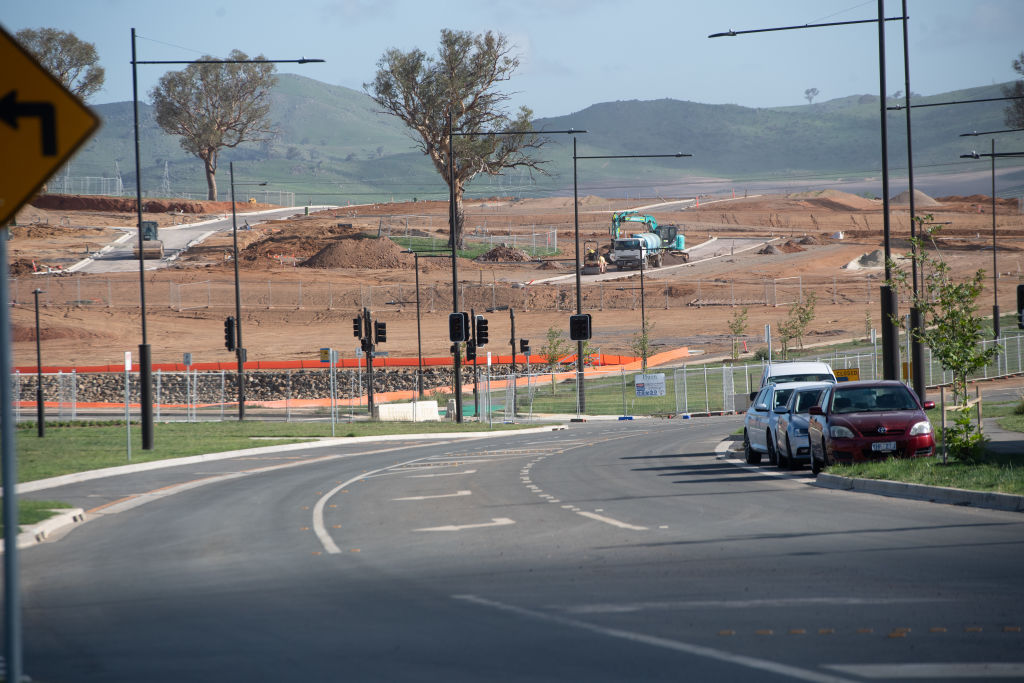
More than 20 years after his death, a line from New York investor Louis Glickman seems remarkably prescient when considering how 2022 has unfolded so far: “The best investment on Earth is earth.”
In Canberra, that saying couldn’t ring more true as the housing market reaches new record highs and has spilled into land sales, a sought-after purchase that buyers are paying top dollar for.
According to Domain data, the median price for a block of land in Canberra in 2021 was $460,000.
Across Canberra regions, the median land sale price in the Inner North was $330,000 – the most affordable of all the regions – and in Molonglo Valley it was $515,000 – the most expensive.
The data takes into account every land sale across the capital, including those in the new suburbs.
But buyers would now have to dig deeper into their pockets to secure existing land sales, according to current Allhomes listings.
For instance, in Strathnairn, Canberra’s newest suburb, a 669-square metre block at 32 Rachel Makinson Street has a $720,000 price tag, said selling agent Nathan Burraston of Francis Properties Canberra.
It is on the market for the second time because the previous prospective buyers “weren’t able to achieve a new build on the block”, he said.
“But since relisting it, we’ve had five to six inquiries per week for it. “Funnily enough, we’d [usually] have a mix of inquiries from investors, developers and families but I would say all the inquiries we’ve had for this block have all been from families who want to build their forever homes on it.”
The parcel, which is on the market via private sale, is likely to nudge upwards of its current asking price when it sells, Mr Burraston added.
Another parcel of land covering just 328 square metres at 3 Cygnet Crescent, Red Hill, is on the market for $1.15 million.
According to the selling agent, Linda Lockwood of Belle Property Canberra, land in Canberra’s Inner South is scarce.
“We’ve sold a similar block that’s slightly bigger for a lot more,” she said. “This is an offering in a premium suburb and has the capacity to build quite a substantial home on it.
“Sometimes it’s cheaper to build a totally new home than knocking down, rebuilding or renovating a house.”
Government records show the parcel was first purchased in 2020 for $620,000. It has almost doubled in value in just two years.
“Land is a rare commodity and demand is much greater than supply,” Ms Lockwood said. “[The ACT government] just isn’t releasing as much anymore,”
This comes after a recent land ballot for detached housing in Macnamara brought in 12,300 applicants for 71 blocks.
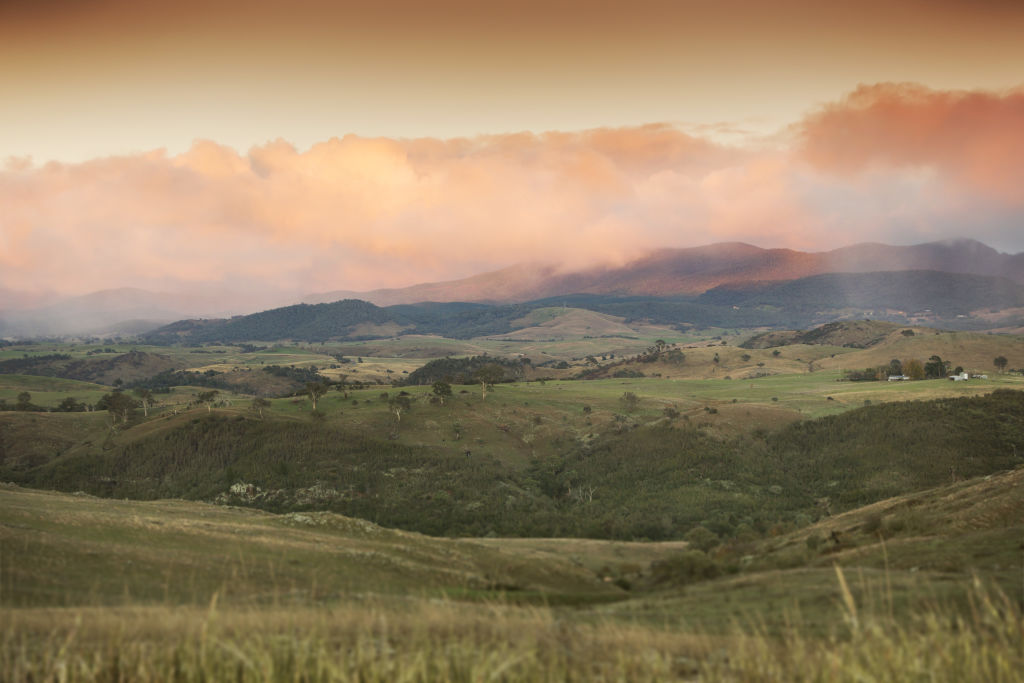
According to the ACT government’s Indicative Land Release Program, 4666 blocks will be released in 2021-22 and a further 3620 in 2022-23.
Mr Burraston called for more land releases to cater to the heightened demand.
“We have thousands of people who want detached dwellings and with a population that’s expected to increase over the next five years, if 85 per cent would like a detached house, we’re going to have a shortage of tens of thousands of blocks,” he said.
But an ACT government spokesperson told Allhomes that “there is no realistic acceleration of land releases that would offset these drivers of increased demand”.
The spokesperson said the territory government had maintained its land supply despite the economic cycles and the pandemic.
The ACT government recently purchased two blocks of rural land in NSW that will form part of the cross-border district of Ginninderry and will consider further land purchases each year as part of the Indicative Land Release Program to accompany the Territory budget.
“It is a reality around Australia and around the world that demand for property is at record levels,” the spokesperson said.
“While we’re doing everything we can to meet Canberra’s demand, we have to be realistic and recognise that this is not just a question of supply.
“Addressing this challenge requires the active participation of governments at all levels; while Commonwealth tax concessions remain structured the way they are, we continue to fight an uphill battle.”
We recommend
States
Capital Cities
Capital Cities - Rentals
Popular Areas
Allhomes
More
